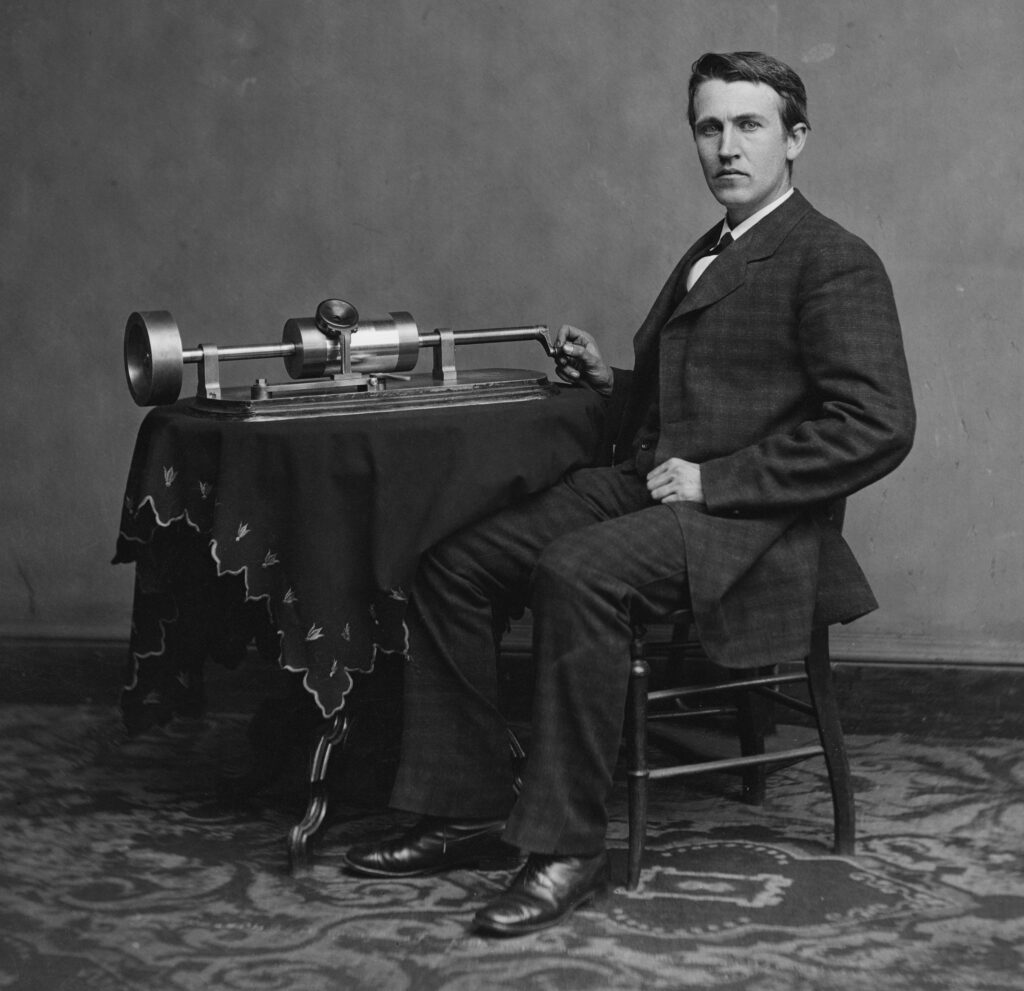Mark Twain? Merle Johnson? Albert Bigelow Paine?

Question for Quote Investigator: A famous humorist apparently said something like the following about taxation. Here are two versions:
(1) “What is the difference between a taxidermist and a tax collector?” “The taxidermist takes only your skin.”
(2) The difference between a tax collector and a taxidermist is that the taxidermist only takes your hide.
This quip has been attributed to Mark Twain. Would you please help me to determine the correct phrasing?
Reply from Quote Investigator: Mark Twain died in 1910, and the earliest published evidence located by QI appeared in a slim volume of Twain’s one-liners titled “More Maxims of Mark” compiled by Merle Johnson and privately printed in November 1927. The following three items appeared on page fourteen. The original text was all uppercase. Boldface added to excerpts by QI:1
We all live in the protection of certain cowardices which we call our principles.
We can’t reach old age by another man’s road. My habits protect my life but they would assassinate you.
What is the difference between a taxidermist and a tax collector? The taxidermist takes only your skin.
The quip also appeared in 1935 within “Mark Twain’s Notebook” which was published by Albert Bigelow Paine who was Twain’s literary executor. This book included observations, ideas, and diary-like material from Twain’s collection of notebooks. The following four items appeared in a section dated 1902:2
What is the difference between a taxidermist and a tax collector? The taxidermist takes only your skin.
Only he who has seen better days and lives to see better days again knows their full value.
Circumstances make man, not man circumstances.
You must not pay a person a compliment and then straightway follow it with a criticism.
Below are additional selected citations in chronological order.
Continue reading “Quip Origin: “What Is the Difference Between a Taxidermist and a Tax Collector?” “The Taxidermist Takes Only Your Skin””







